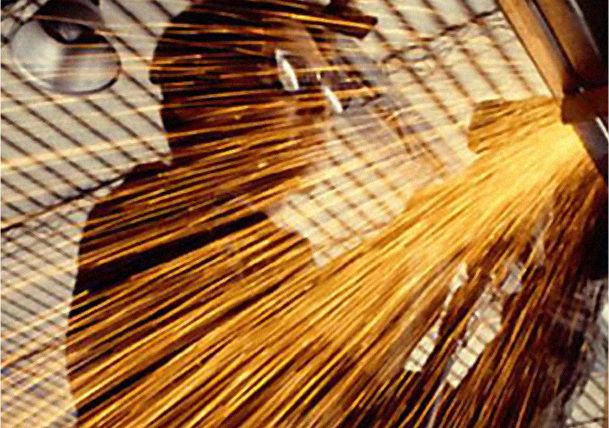Nomex® III A
Protection Against Fire Hazards with Nomex® III A
At DuPont, we believe the standard for safety should always be a higher standard. So we engineered Nomex® III A to help give workers dependable protection against fire hazards.
Fires are unpredictable — situations can change in an instant with temperatures reaching 1900 degrees F, leaving workers vulnerable to serious injury. So for hazards like flash fire and pool fire, DuPont created Nomex® III A. A blend of 93% Nomex® with 5% Kevlar® and 2% antistatic fiber, this innovative fabric helps minimize break-open, and expands to form a stable and inert barrier between the fire and skin. This gives wearers the valuable seconds they need to escape from the hazard.
But comfort and fit are also an essential part of safety. In collaboration with manufacturers and mills, DuPont strives to help them make significant fabric improvements — providing lighter weights, wicking finishes, and breathability.
At DuPont, innovation means testing beyond the basics with state-of-the-art technology like Thermo-Man®, one of the most advanced life-size thermal burn injury evaluation devices in the world today. The research and data DuPont scientists have collected have enabled them to improve upon the possibilities of Nomex® III A garments.
Additional Nomex® fabric considerations:
• Widely used by petroleum, petrochemical, chemical, and utility industries, as well as firefighters
• Inherent thermal protection that cannot be washed away
• Durable and resistant to abrasion, tears, and chemicals
• Meets the NFPA 1975 standard for firefighters’ stationwear
• Meets the ASTM F1506 standard for workers’ apparel as protection from electric arc exposure
• Complies with NFPA 70E Standard for Electrical Safety in the Workplace
• Complies with NFPA 2112 Standard on Flame-Resistant Garments for Protection of Industrial Personnel Against Flash Fire
Uses and applications

Industrial Safety
